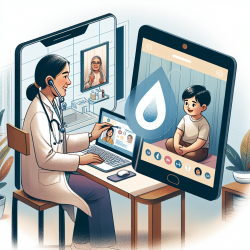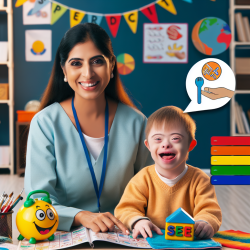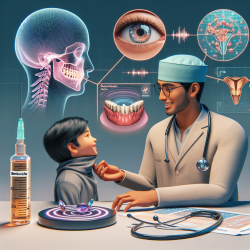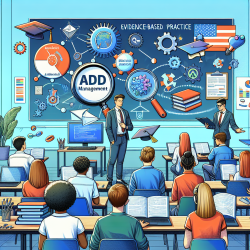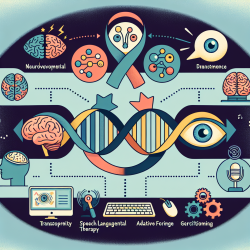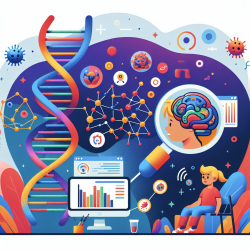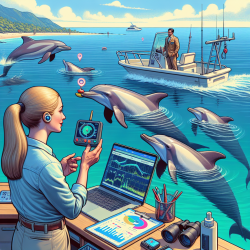The advent of telemedicine has opened new avenues for healthcare delivery, particularly in the realm of speech-language pathology. A recent study titled A Within-Subject Comparison of Face-to-Face and Telemedicine Screening Using the Timed Water Swallow Test (TWST) and the Test of Mastication and Swallowing of Solids (TOMASS) provides valuable insights into the reliability of telemedicine for dysphagia screening. This blog will discuss the study's findings and their implications for practitioners.
Study Overview
The study involved 48 participants aged 60-90, including individuals with clinical conditions and older persons without diagnosed conditions. The participants underwent dysphagia screening using TWST and TOMASS in both face-to-face and telemedicine settings. The results indicated a high level of agreement between the two methods, suggesting that telemedicine is a viable alternative to traditional face-to-face assessments.
Key Findings
- High Agreement Rates: The study found an 83% and 76% agreement in classifications of individual participants as within or outside normal limits for TWST and TOMASS, respectively.
- Participant Preference: Most participants (60%) reported a preference for telemedicine over face-to-face assessments, and 90% found the procedure more accessible than expected.
- Challenges in Observing Swallows: The number of observed swallows was more difficult to assess reliably over telemedicine, which contributed to an increased rate of false positives in TOMASS assessments.
Implications for Practitioners
The findings from this study suggest several practical implications for practitioners:
- Telemedicine as a Reliable Alternative: Given the high agreement rates, practitioners can confidently use telemedicine for dysphagia screening, especially when face-to-face assessments are impractical.
- Improving Telemedicine Assessments: Practitioners should be aware of the challenges in observing swallows over video and consider additional training or adjustments in camera placement to mitigate these issues.
- Patient Satisfaction: The high level of patient satisfaction with telemedicine procedures highlights the importance of offering this option to enhance accessibility and convenience.
Encouraging Further Research
While this study provides a strong foundation, further research is needed to explore ways to improve the accuracy of telemedicine assessments, particularly in observing swallows. Practitioners are encouraged to contribute to this growing body of research to enhance the effectiveness of telemedicine in speech-language pathology.
To read the original research paper, please follow this link: A Within-Subject Comparison of Face-to-Face and Telemedicine Screening Using the Timed Water Swallow Test (TWST) and the Test of Mastication and Swallowing of Solids (TOMASS).
